Editor's note: On the 10th anniversary of the Belt and Road Initiative (BRI), let's take the railways in BRI partner countries and explore the projects as well as the local sights and sounds. In this article of the "Railways Along the Belt and Road" series, we focus on why the Mombasa-Nairobi Standard Gauge Railway (SGR) is a game-changer rail for people in East Africa where industrialization and modernization are booming.
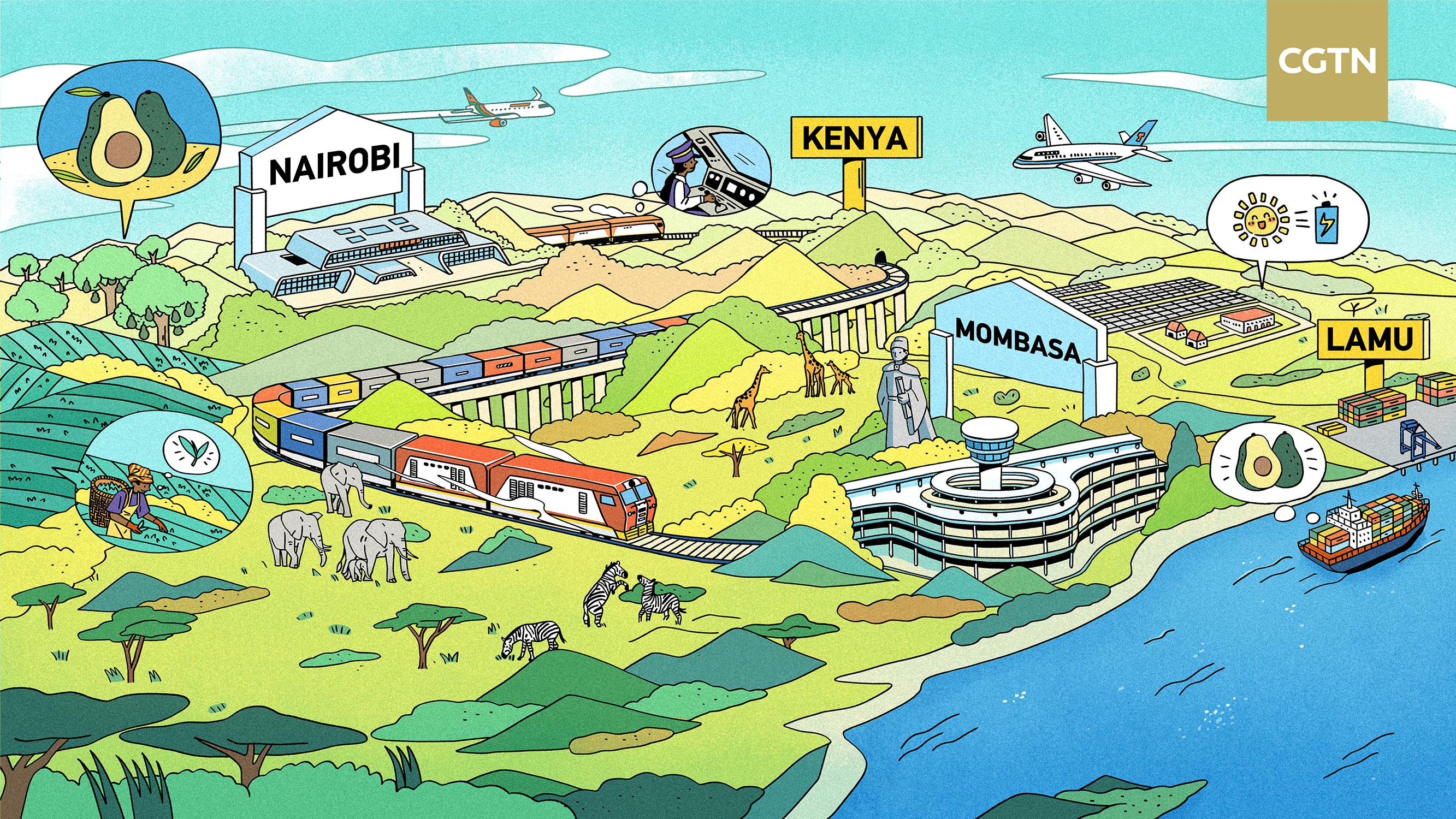
The Mombasa-Nairobi Standard Gauge Railway (SGR) is a game-changer railway line in East Africa. /Shen Shiwei, Huang Ruiqi
The Mombasa-Nairobi Standard Gauge Railway (SGR) is a game-changer railway line in East Africa. /Shen Shiwei, Huang Ruiqi
Tour Kenya's tea farms in Naivash, bulks of premium tea are packed and loaded onto a special tea export train of the Chinese-built Mombasa-Nairobi Standard Gauge Railway (SGR), which runs from the capital city of Nairobi to East Africa's largest port city of Mombasa for onward export.
As a more efficient method of transportation, the train has cut down on delays caused by road transport and warehousing, and tea factories do not incur auction expenses such as warehouse storage and brokerage costs. For customers in Europe, the Middle East and other regions, the freshness of tea is well preserved since the logistics time and multiple handling of the tea are dropped.
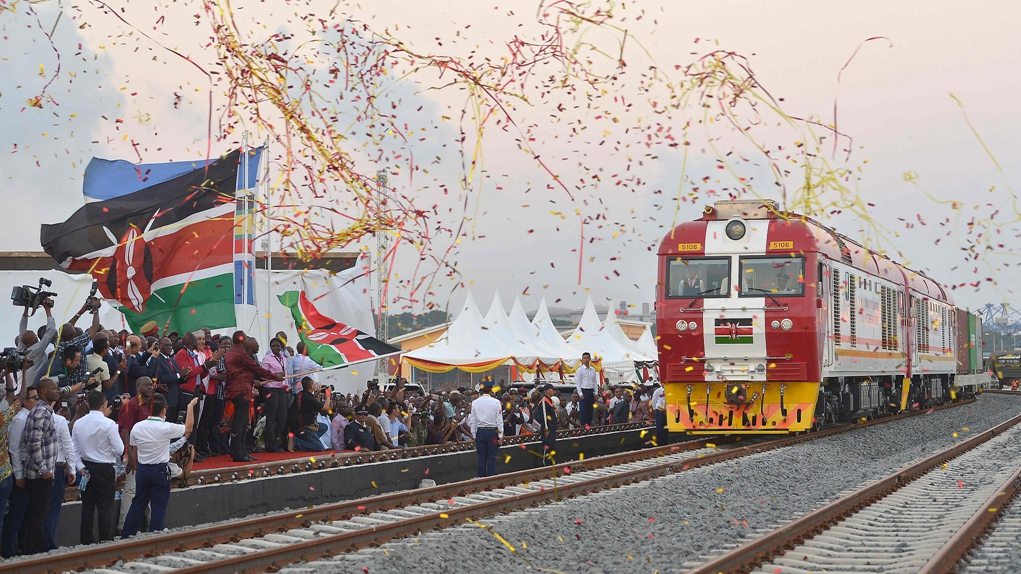
The Mombasa-Nairobi Standard Gauge Railway (SGR), Kenya's largest infrastructure project since independence in 1963 was launched at a grand ceremony, May 30, 2017. /CFP
The Mombasa-Nairobi Standard Gauge Railway (SGR), Kenya's largest infrastructure project since independence in 1963 was launched at a grand ceremony, May 30, 2017. /CFP
Launched in 2017, the 480-kilometer Mombasa-Nairobi Railway, with a speed of 120 kilometres per hour for passenger and 80 kilometres per hour for freight, has cut travel time by half, from an average of ten hours on the century-old narrow gauge railway to approximately five hours.
Cargos of tea, flowers, grains, vehicles and "Made in Kenya" products got an easier path to the international market on the bustling freight trains. And passenger train services have become a key means of transport for residents in Kenya thanks to its reliability, affordability and speed in relation to alternatives like buses.
Data from the Kenya National Bureau of Statistics shows that passenger traffic on the SGR trains increased 20.1 percent in 2022, and freight service revenue hit $95.5 million in 2022, up from $91.8 million in 2021.
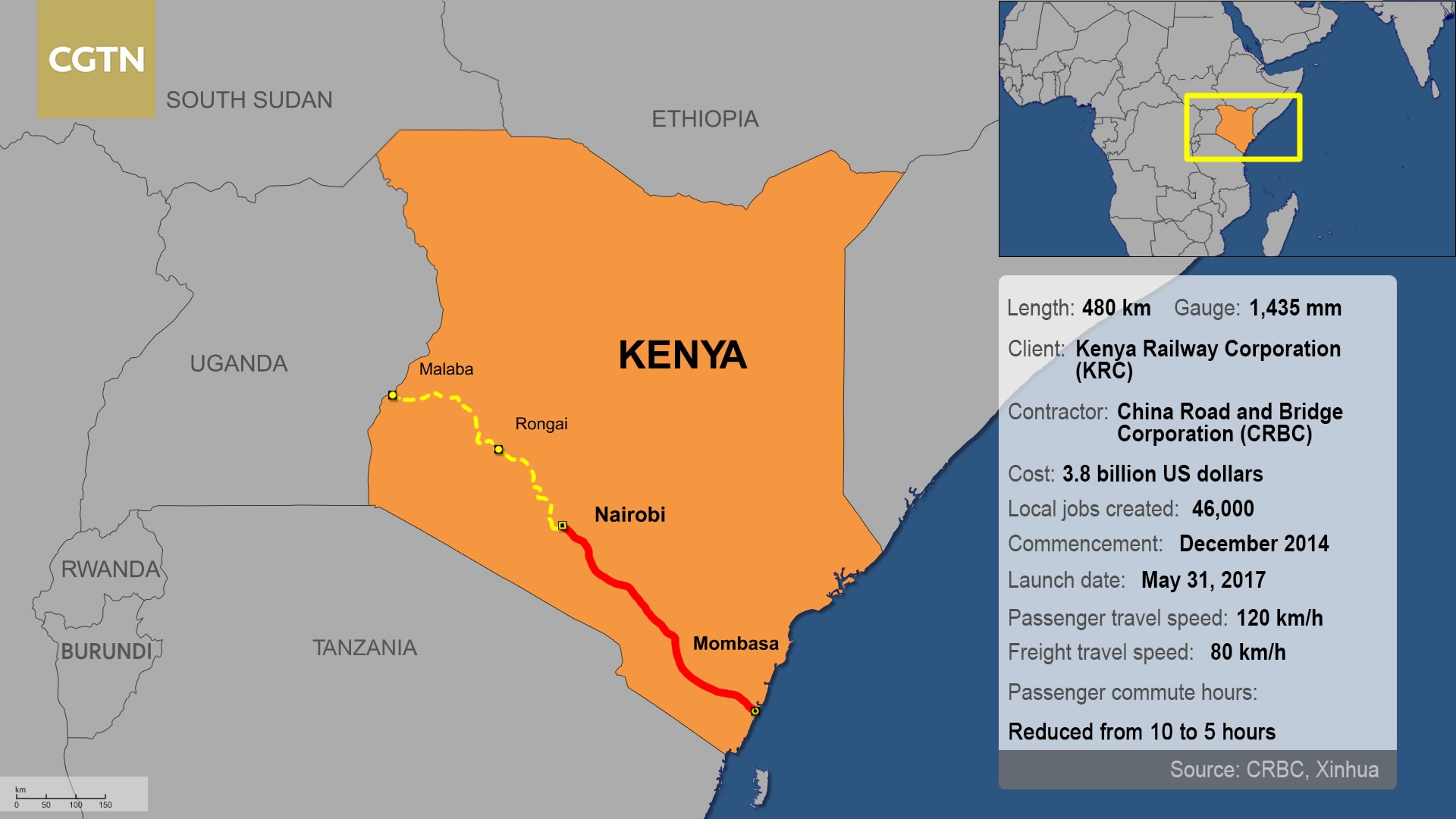
The route of the Mombasa-Nairobi Standard Gauge Railway (SGR) in Kenya. /CGTN
The route of the Mombasa-Nairobi Standard Gauge Railway (SGR) in Kenya. /CGTN
Besides flourishing industrial parks which have turned the route into an emerging economic corridor, Kenya also upgraded the old meter-gauge railways to connect to the SGR with its agriculture-rich central region, where Kenya's top agriculture exports of coffee, tea, flowers, vegetables, avocado, pineapples and macadamia are produced. That has ensured commodities are easily transported to the port of Mombasa for export. Already Africa's biggest avocado exporter, Kenya now found a new market for the fruit in China.
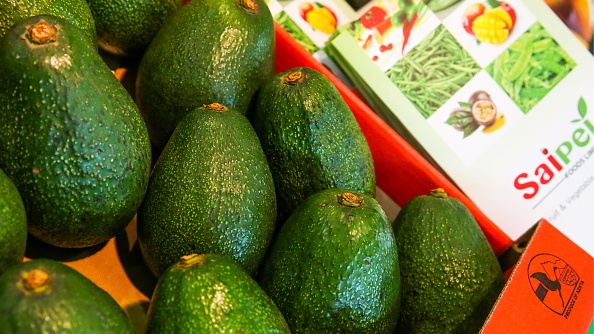
Kenyan avocados have expanded into a new market in China. /Getty Images
Kenyan avocados have expanded into a new market in China. /Getty Images
SGR's impact has proved to be the economic game-changer it was touted to be at both the national and regional levels. With the 120 km Chinese-built Nairobi-Naivasha Railway, an extension of Mombasa-Nairobi Railway, goods going to the East Africa hinterland countries of Uganda, Rwanda and Burundi will be cheaper due to decreased transport costs, and will arrive faster at their destinations. Taking at least two days for trucks to reach Kampala from Mombasa, this could be shortened to just one day once the railway reaches Kisumu on Lake Victoria.
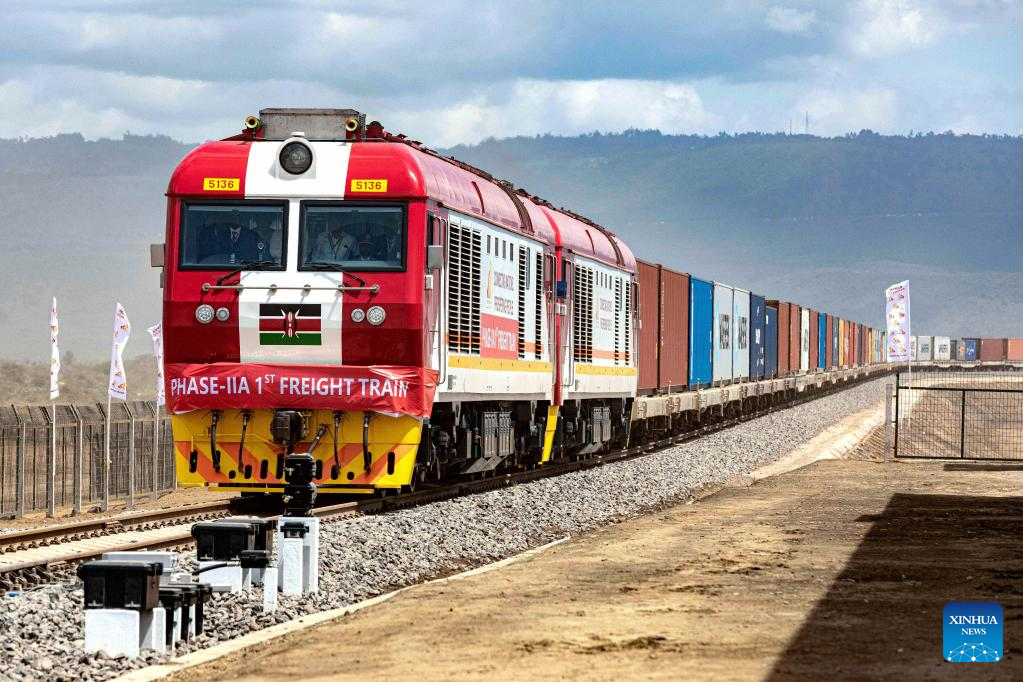
The first freight train of the Nairobi-Naivasha Standard Gauge Railway (SGR) arrives at the Naivasha Inland Container Depot in Kenya, December 17, 2019. /Xinhua
The first freight train of the Nairobi-Naivasha Standard Gauge Railway (SGR) arrives at the Naivasha Inland Container Depot in Kenya, December 17, 2019. /Xinhua
With the regional economic corridor along the SGR flourishing, the vision of Lamu Port-South Sudan-Ethiopia Transport Corridor project (LAPSSET) has come true, with the Chinese company-built Lamu Port in Kenya going into operation. The deep-sea port has the potential to become a premier trans-shipment hub for all cargo destined for the continent. Furthermore, Lamu now joins Mombasa Port as a key entry and exit point of cargo, deep into and out of Africa's hinterland.
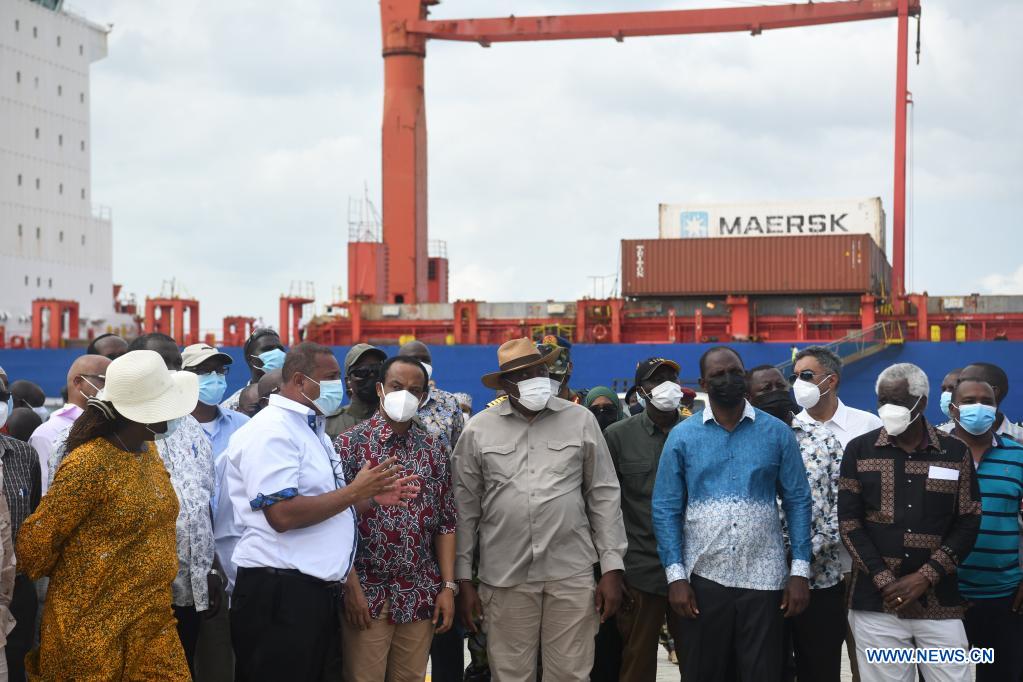
Kenya's President Uhuru Kenyatta (3rd R, front) witnesses the initial operation of the China-built Lamu Port, part of Kenya's bid to become the major trade hub in East Africa, May 20, 2021. /Xinhua
Kenya's President Uhuru Kenyatta (3rd R, front) witnesses the initial operation of the China-built Lamu Port, part of Kenya's bid to become the major trade hub in East Africa, May 20, 2021. /Xinhua
The successful development of railways, ports and industries under the Belt and Road Initiative are not unique in Kenya and East Africa. In West Africa, especially Nigeria, the upgraded railway links and the commissioning of West Africa's largest sea port will further consolidate its position as the hub for regional integration.